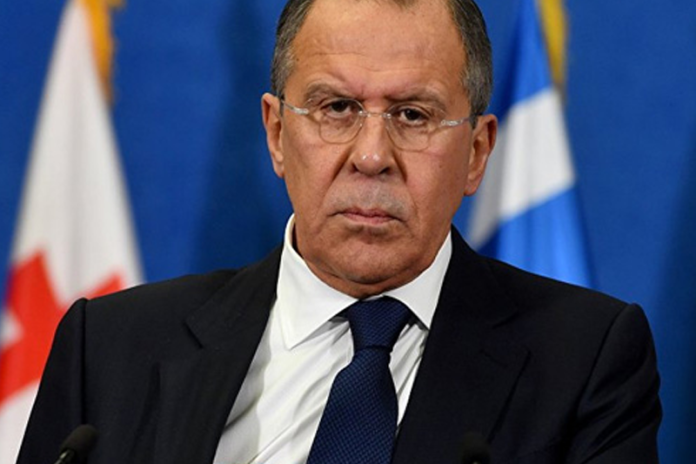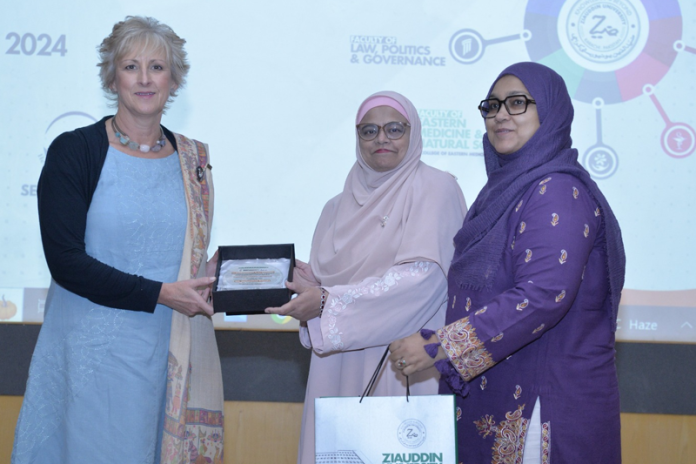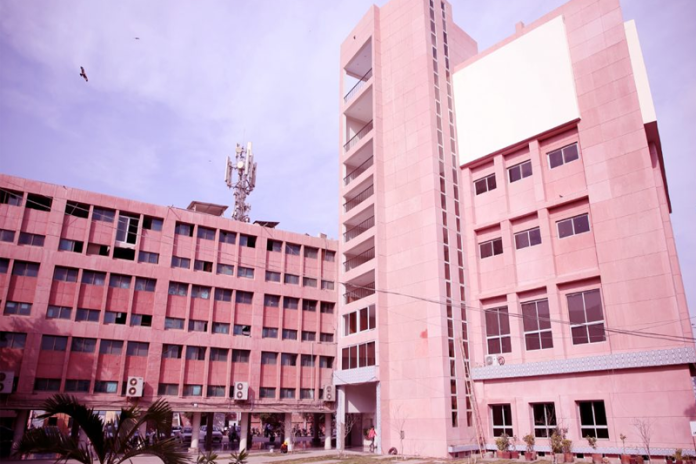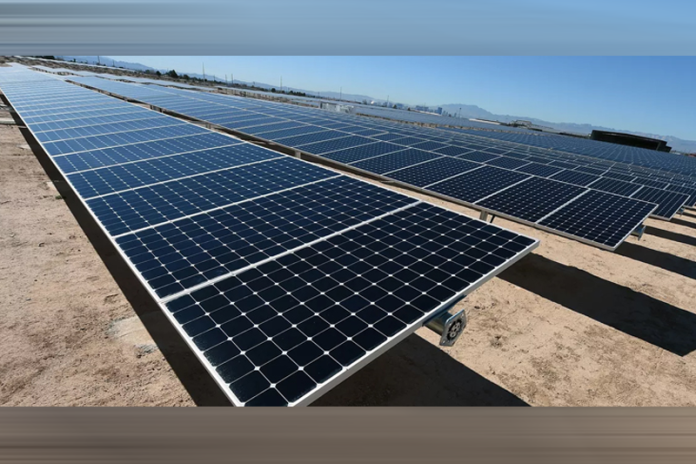Flour shortage to continue despite bumper wheat crop
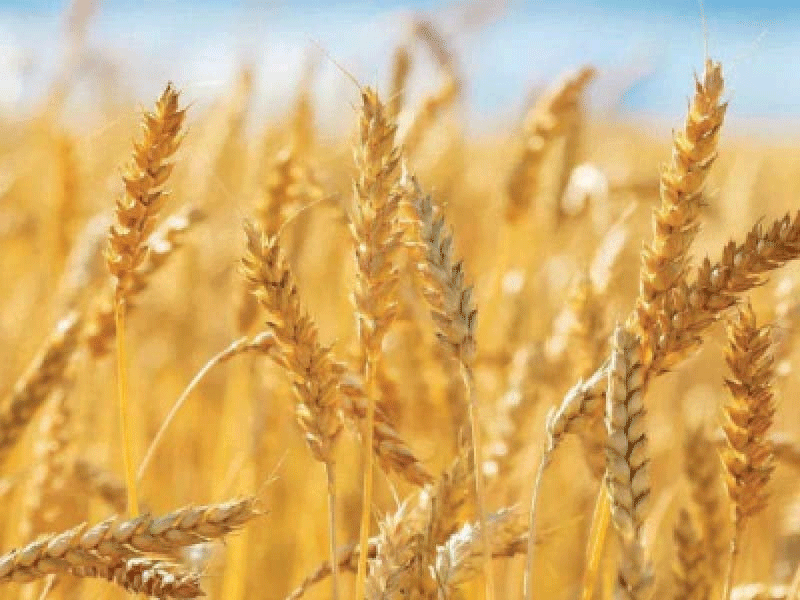
- 263
- 0
According to the official claims, a bumper crop of wheat has been achieved this year along with an increase in the average yield per acre. However, despite this, the target of wheat production set by the government could not be fulfilled. According to the declaration of the Federal Committee for Agriculture, this year, wheat was cultivated on an area of more than 2.2 million acres, the total production of which was estimated at 2.68 million tons. Although the production of wheat this year has increased slightly by 1.6% compared to last year, but still this production is not enough to meet the needs of the entire population of Pakistan for one year. It should be noted that the consumption of wheat in Pakistan is increasing by seven to ten percent annually. According to this calculation, last year this consumption was 3 crore, so this year we will need 3 crore 32 lakh tonnes of wheat. This means that Pakistan will have to import about 50 lakh tonnes of wheat this year as well. This gap between production and demand of wheat has been going on for the last five years but still we have not been able to solve the problem completely.
According to the Economic Survey of Pakistan, the production of wheat in 2017 was two million six million tons. In 2018, the production of wheat was 25 million tons. Two crore 43 lakh tons in 2019, two crore 52 lakh tonnes in 2020, two crore seventy lakh tonnes in 2021, two crore 64 lakh tonnes in 2022 and the estimate of wheat production this year is two crore 68 lakh tonnes. It is clear from these data that the wheat production achieved this year is less than the total production of 2021. However, it is gratifying that despite the disastrous floods last year, wheat production has been better this year. The main reason for this is the favorable weather, because for the past few years, the crops were damaged by rains and hail during the wheat harvest, but this year there was not much rain during the harvest, due to which the production was good. Apart from this, the increase in the support price of wheat by about two thousand rupees per maund is also a major reason due to which farmers preferred to cultivate wheat despite the high cost of agricultural inputs.
On the other hand, despite the increase in wheat production, the price of flour in the country is currently at the highest level in history. In the market, flour has been sold at Rs 125 to 150 per kg due to which it is becoming more difficult for the working class to complete their daily bread. It is worth mentioning here that despite the high production of wheat, there is no possibility of reducing the price of flour for the common man. One of the reasons for this is that this year the aid price has almost doubled compared to last year. Therefore, if the government wants to ensure the supply of cheap flour to the common man, it needs to change the formula for determining the support price, because the price of flour automatically increases when the support price increases.
Apart from this, the smuggling of wheat from Pakistan to Afghanistan is also a major reason for the unnecessary increase in flour prices. If the government completely closes the smuggling route, not only the price of flour can be kept stable in Pakistan but also foreign exchange can be earned by exporting the wheat or flour required by Afghanistan according to law.
It is worth mentioning here that flour trade in Pakistan is not based on market principles due to which cartels or mafias involved in wheat trade influence the market and artificially increase the price of flour. In such a situation, the artificial increase in the price of flour should be stopped by bringing the wheat bought by the food department to the market, but the opposite is happening.
The main reason for this is the corruption and mismanagement embedded in the system of the food department, which has been pointed out by former Prime Minister Shahid Khaqan Abbasi himself. Due to these conditions, the government’s dependence on the import of wheat to meet the country’s need is increasing. According to the Federal Bureau of Statistics, Pakistan has imported wheat worth about one billion dollars between July and March, which is 25% more than the same period last year. Considering the problems faced in terms of foreign exchange, although the government has increased the targets of the wheat purchase campaign instead of importing more wheat from abroad to meet the domestic needs, but due to this, the farmers and the population living in the villages, are facing ill-treatment by district administration and food department officials and the administration is raiding people’s houses and godowns to confiscate wheat stored for personal use to meet its target.
Therefore, the government should focus on achieving the goal of self-sufficiency in wheat production before claiming to be a wheat exporting country.
For this, there is a need to prepare seeds with the ability to better cope with climate change and to reduce the cost of agricultural inputs, as well as adopt modern methods of farming.
Published in The Daily National Courier, May, 25 2023
Like Business on Facebook, follow @DailyNCourier on Twitter to stay informed and join in the conversation.









